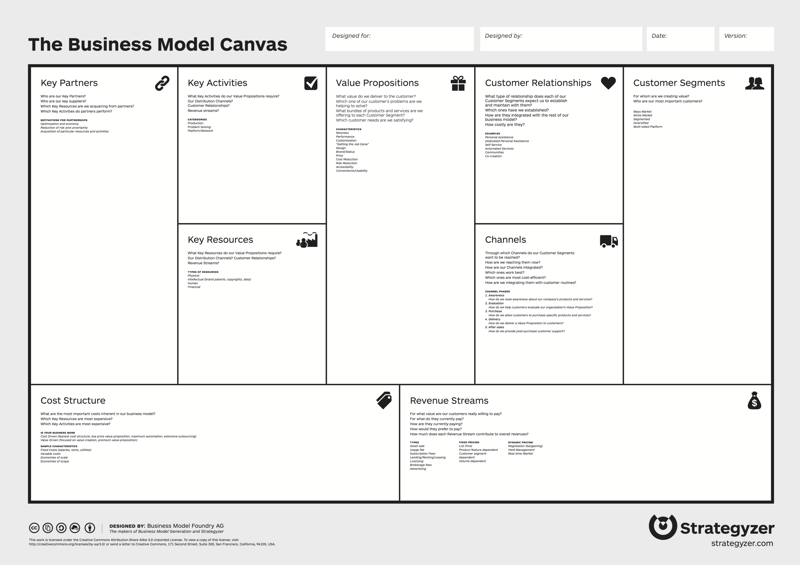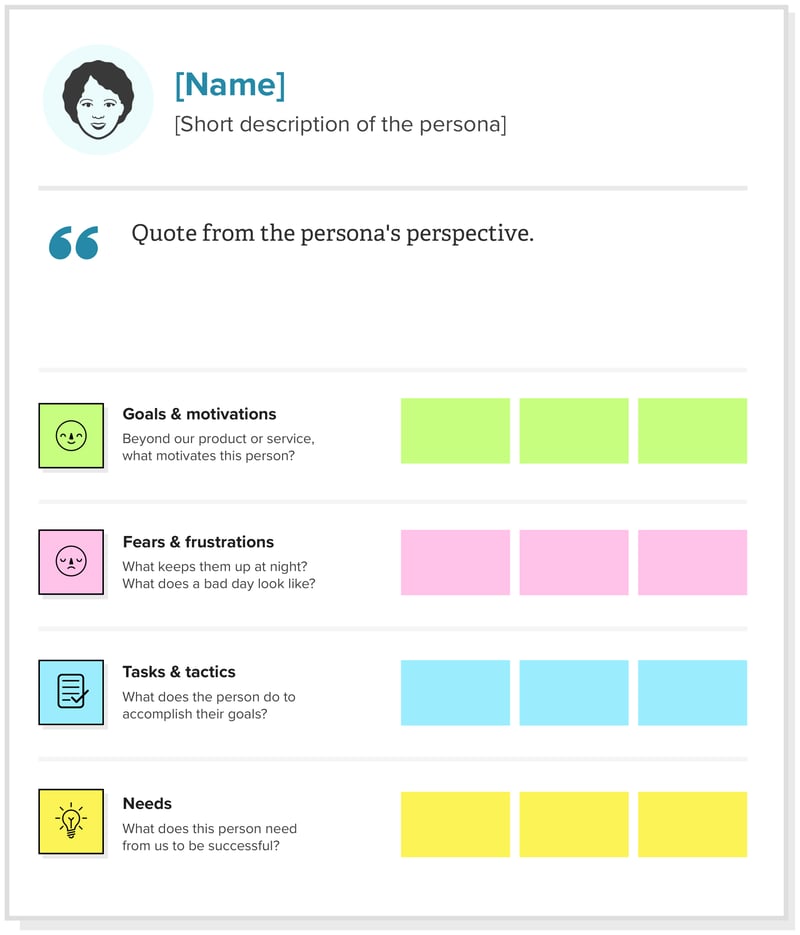How I Borrow Tools from Product Management to Improve Data Products
Excellent Frameworks for Data Science Products
Product management is a crucial aspect of any business. With the increasing importance of data science, it has become essential to have frameworks that cater specifically to data science products. In this blog post, we will discuss some of the most useful product management frameworks for data science products, including:
- Business Model Canvas
- Lean UX Canvas
- Causal Diagrams
- Customer Persona Profiles
There are many other frameworks, but these are some of the most important tools in my product management toolkit for Data Science and Analytics products.
See Also: If you want some of the best prioritization tools out there check out: Five Powerful Prioritization Techniques from Product Management.
Business Model Canvas
The Business Model Canvas (BMC) is a popular tool that helps businesses visualize and organize their business models. It comprises nine building blocks: customer segments, value propositions, customer relationships, channels, revenue streams, key resources, key activities, key partnerships, and cost structure. The canvas provides a high-level overview of a business's entire value proposition and enables product managers to identify key areas of opportunity.
To use the BMC for a data science product, the product manager needs to identify the target customer segments and the unique value propositions that the product offers. This information can be used to determine the most effective channels for delivering the product, the cost structure, and the key resources required to create and maintain the product.
Tip: My recommendation for when to use this is when you're building a data product that will be launched to external customers and either monetized or included in a monetized product.
Check out Strategyzer for downloads and information on how to use the BMC.

Lean UX Canvas
The Lean UX Canvas is another popular tool that helps product managers create user-centered, agile, and iterative products. It comprises six building blocks, including user personas, journeys, problem statements, hypotheses, experiments, and results. The canvas provides a framework for designers and developers to work collaboratively, iterate quickly, and make data-driven decisions.
The product manager must identify the target user personas and their specific pain points to use the Lean UX Canvas for a data science product. This information can create a user journey map that outlines the user's steps when using the product. The problem statement and hypothesis can be used to create experiments that test the product's effectiveness in addressing the user's pain points. The results can be used to refine the product further.
Tip: The Lean UX Canvas is equally effective to the BMC but is focused more on the user experience than the business. Therefore I use this for internal products or products that are not being sold to external customers.
Check out the site by Jeff Gothelf for more information and downloads.

Causal Diagrams
Causal Diagrams are a powerful tool that helps product managers to understand the cause-and-effect relationships between different factors that impact a product's performance. They consist of nodes, arrows, and labels that represent the different variables, their relationships, and the strength of those relationships. Causal diagrams can help product managers to identify the most critical factors that impact a product's success and prioritize their efforts accordingly.
To use causal diagrams for a data science product, the product manager needs to identify the different variables that impact the product's performance, including customer behaviors, product features, and external factors. These variables can then be represented on the causal diagram, and the relationships between them can be analyzed to identify the most critical factors.
Tip: I use this as a thought experiment tool to understand the causes and effects of my products or services. You can use it to diagram how your business works, or you can use it to think about how data will flow through your product, delivering customer value.
One of the most memorable examples of a causal diagram is the one David Sacks used to explain Uber's potential. The diagram shows how geographic density is the key factor that drives Uber's success, and many other companies have used it to explain their growth.
Persona Profiles
Persona Profiles is a tool that helps product managers better understand a product's target audience. They consist of detailed descriptions of the different personas likely to use the product, including their demographics, interests, pain points, and behaviors. Persona Profiles can help product managers create more user-centered products that better meet their target audience's needs.
To create persona profiles for a data science product, the product manager needs to conduct extensive research to identify the users likely to use the product. This research can include surveys, focus groups, and data analysis. Once the different personas have been identified, they can be described in detail, and the product can be designed to meet their specific needs and preferences.
Tip: This is a wonderful foundational tool when building a product. It helps you understand the people you're building for, and it helps you understand the problems they're trying to solve. It will also help you realize that you have more than one type of customer or user, and they will have different needs.

Conclusion
Product management frameworks are essential tools for creating successful data science products. The Business Model Canvas, Lean UX Canvas, Causal Diagrams, and Persona Profiles are just a few examples of the many frameworks that product managers can use to create user-centered, agile, and data-driven products. By using these frameworks, product managers can better understand their target.
